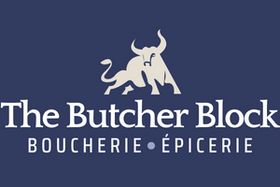
Curried Lamb & Apricot Sosaties
A 'sosatie' is the South African'ism for kebabs. A perfect addition to any braai or BBQ because they are easy and quick to cook, and make for an easy hand-held eat for your guests.
These lamb sosaties are marinated in a delicious curry powder with the addition of peach chutney for a delicious sweet & savory flavor profile that goes deliciously with lamb.
Give them a go - you won't be sorry!






